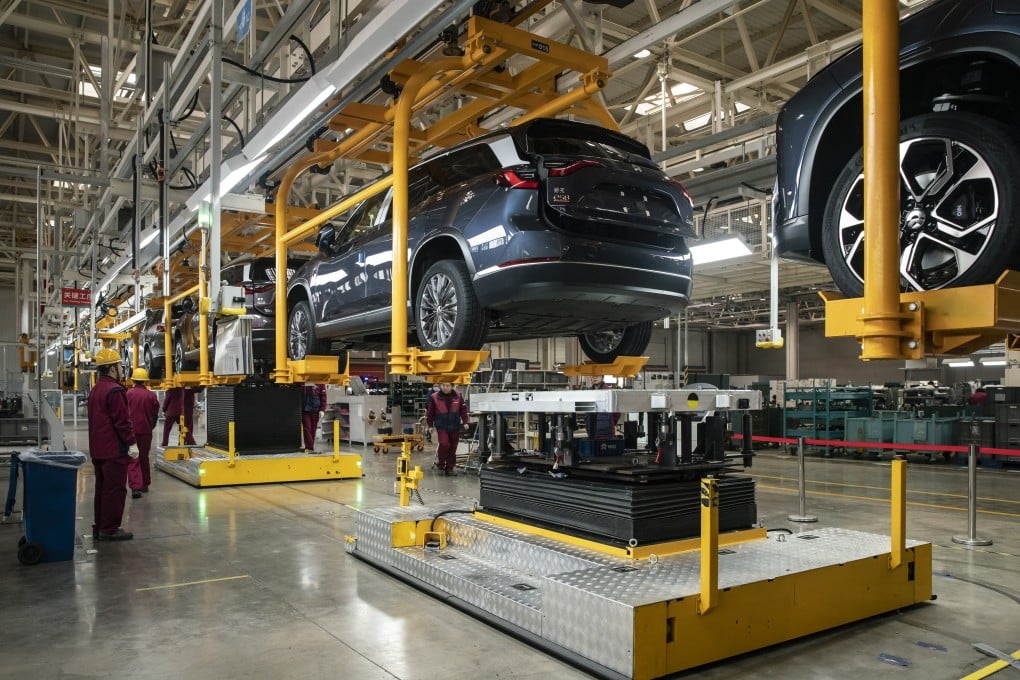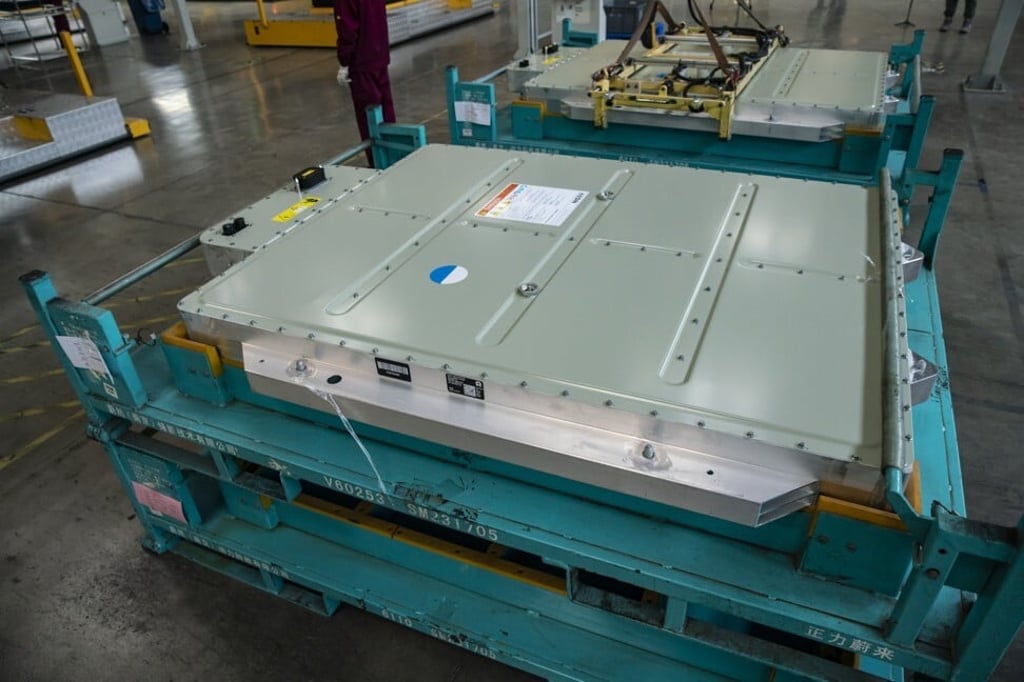NIO teams up with China’s State Grid to build battery charging, swapping stations across country to compete with Tesla
- NIO said it signed an agreement with State Grid EV Service, a unit of China’s state-owned electricity distributor, to build 100 stations across China by 2021
- The electric car start-up has established 143 battery-swapping stations across 64 cities in China, NIO’s founder and chairman William Li Bin said in August

NIO, the bellwether of three New York-listed Chinese electric carmakers, said it would build a network of charging and battery-exchange stations across China with State Grid, as it expands its infrastructure to compete with Tesla in the world’s largest market for new-energy vehicles.
The “electric vehicle sector is more than carmaking and charging infrastructure is a key element to boost the growth of the industry,” said Cao Hua, a partner at the private equity firm Unity Asset Management. “The more swapping stations there are on the roads, the stronger NIO’s sales can be. It is as important as building cars.”

Concerns about gaseous emissions and their impact on climate change are compelling global governments to find alternatives to petrol-guzzlers, boosting sales of vehicles powered by alternative energy. China, whose passenger car market only took off two decades ago, has not only taken the global lead on the adoption and manufacturing of electric vehicles, but also its most valuable component – the battery – which makes up 30 to 50 per cent of their value.